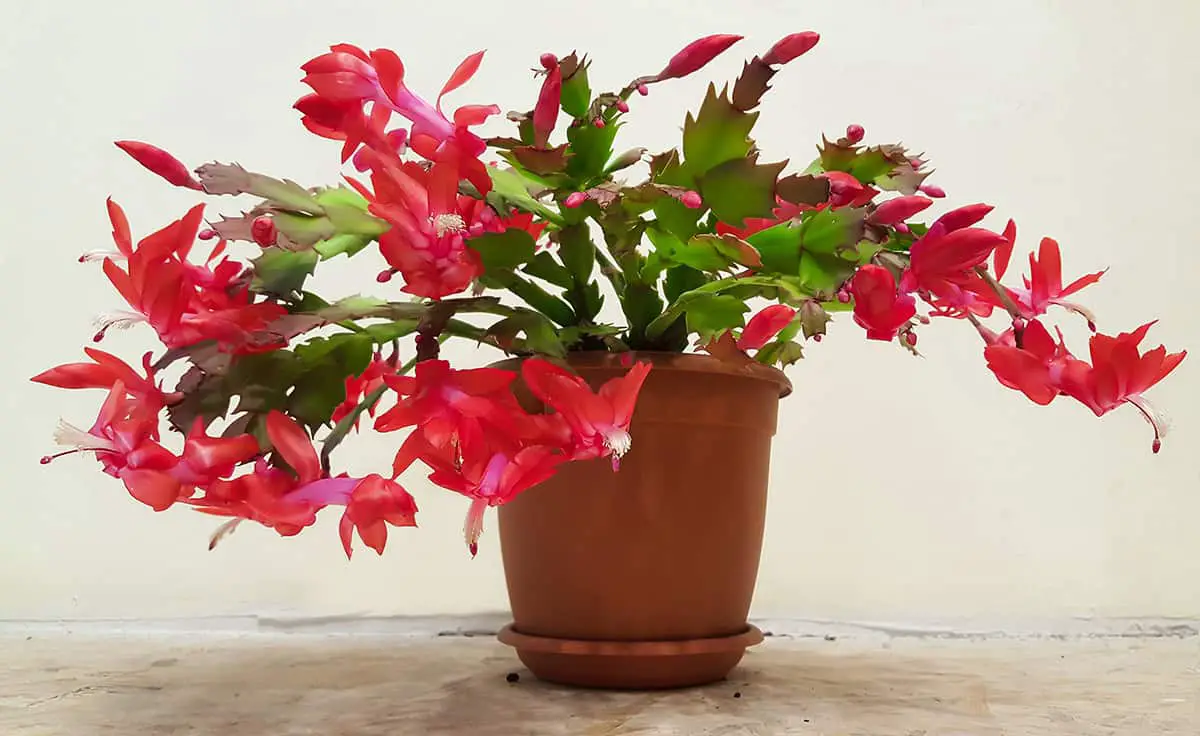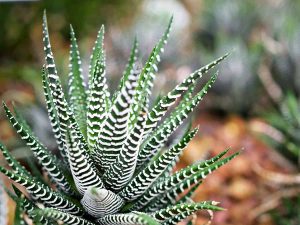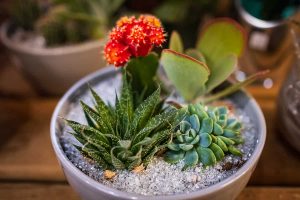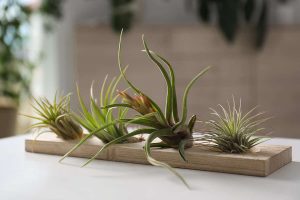You receive a Christmas cactus as a holiday gift, and you want it to thrive. A few weeks in, you notice the leaves starting to wilt and drop. You might be wondering if you’re watering it correctly. Watering a Christmas cactus requires a balance, and here’s how to do it right.
Table of Contents
When to Water
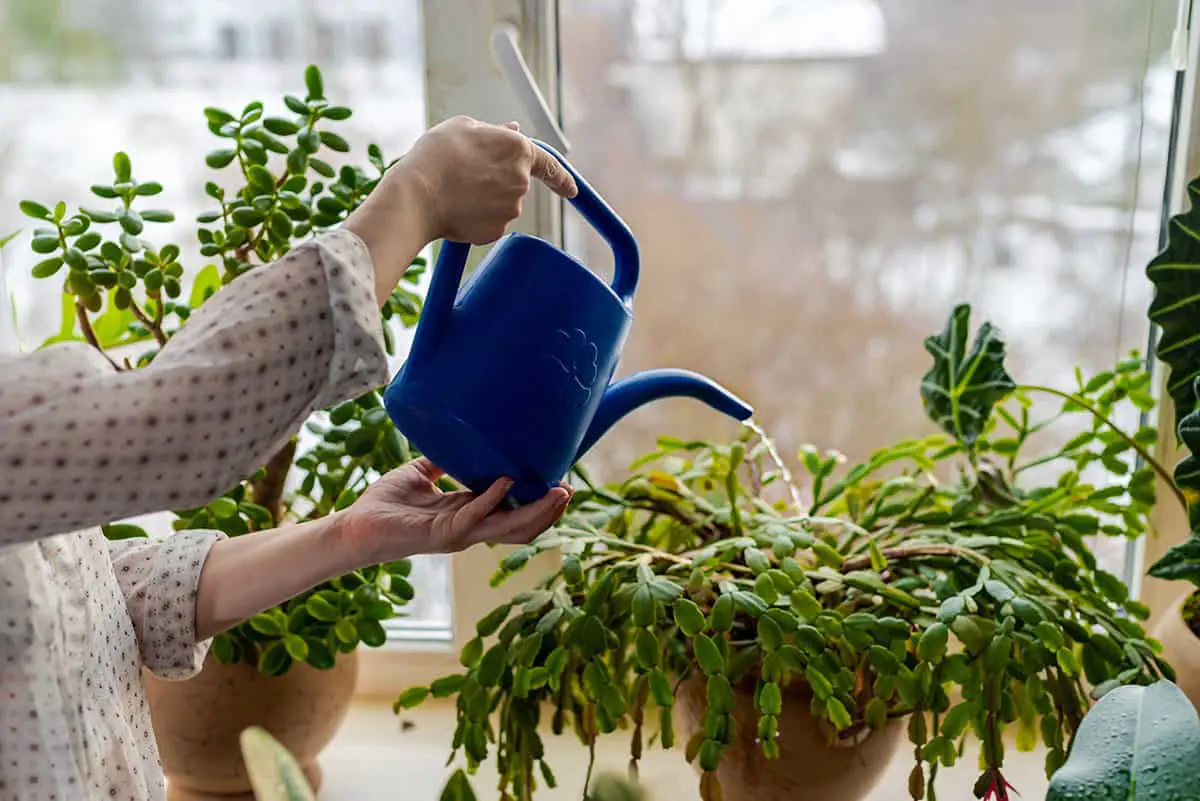
To ensure your Christmas cactus thrives, pay attention to the signs of when it needs water. Generally, you should water your Christmas cactus when the potting soil is dry to the touch. Pick up the container and feel its weight; a lighter pot means the soil is probably dry.
While watering, make sure to wet the potting soil thoroughly, but don’t let the plant sit in standing water. Prolonged soaking will cause issues like root rot especially during winter months. Remember that your cactus requires less watering during dormancy in the fall and winter than in the spring and summer when it’s actively growing.
It’s crucial to be consistent with your Christmas cactus care. Monitor the plant’s appearance to check for signs that it’s under stress, such as wilted leaves or bud drop. You can adjust your watering schedule accordingly. Be mindful of factors like temperature and humidity, as they also influence how often your cactus needs water.
How Much Water to Use
When it comes to watering your Christmas cactus, finding the right balance is crucial. Fortunately, it’s not a complicated task. Your goal is to avoid overwatering while providing enough moisture for the plant to thrive.
First, you’ll want to determine when the soil is dry. Touch the potting soil with your fingers, and if it feels dry, it’s time to water. It is essential to allow excess water to drain freely from the bottom of the container. A well-drained potting medium and proper drainage holes in your container ensure that your cactus is not sitting in standing water, as this can lead to root rot.
When watering, be sure to saturate the soil thoroughly. The amount needed will vary depending on the size of the pot and the dryness of the soil. However, it’s better to provide a deep watering less frequently than shallow, frequent waterings. Remember, both Thanksgiving and Christmas cacti benefit from this practice.
Water Quality and Type

The first thing you should consider is the hardness of the water. Christmas cacti prefer soft water, as hard water can cause mineral buildup which may harm the plant.
Rainwater is an excellent choice for your Christmas cactus, as it is naturally soft and free of added chemicals. Collecting rainwater can be simple, and it provides an eco-friendly option for plant care. If you don’t have access to rainwater, consider using distilled water since it has been purified and lacks any potential contaminants.
It is essential to avoid using chlorinated tap water for your Christmas cactus, as chlorine can be harmful to the plant. If tap water is your only option, let it sit in an open container for 24 hours. This will allow the chlorine to evaporate, making it safer for your plant.
Watering Techniques
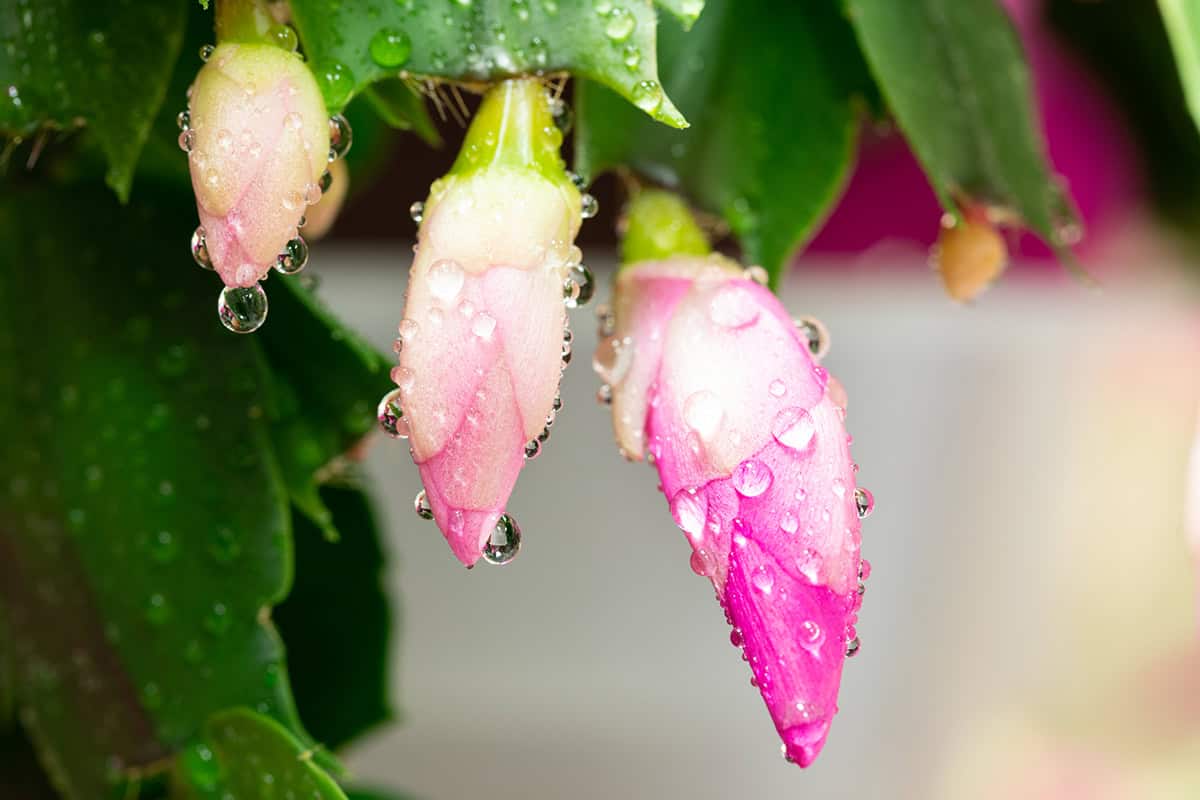
Top Watering Method
When watering your Christmas cactus using the top watering method, make sure to thoroughly wet the potting soil. Use a water-soluble plant food to feed your cactus as directed. Once the medium is dry, water it again. Maintaining appropriate moisture levels ensures a healthy and blooming cactus.
Bottom Watering Method
The bottom watering method allows your Christmas cactus to absorb water through the drainage holes at the base of the pot. Place your plant in a container filled with water, ensuring the pot’s drainage holes are completely submerged. Allow your cactus to soak, providing the roots sufficient time to absorb the water. Remove the plant from the container once the top soil feels moist. Be sure to not let your cactus sit in standing water, as this can cause root rot.
Misting Practices
In addition to the top and bottom watering techniques, consider misting your Christmas cactus with a spray bottle. Misting simulates the natural humidity this tropical plant enjoys in its native environment. Avoid overdoing it, as excessive moisture may lead to fungal problems and rot. Misting your cactus leaves ensures it stays hydrated and healthy. Regular misting can also help ensure a successful blooming cycle.
Seasonal Watering Guide
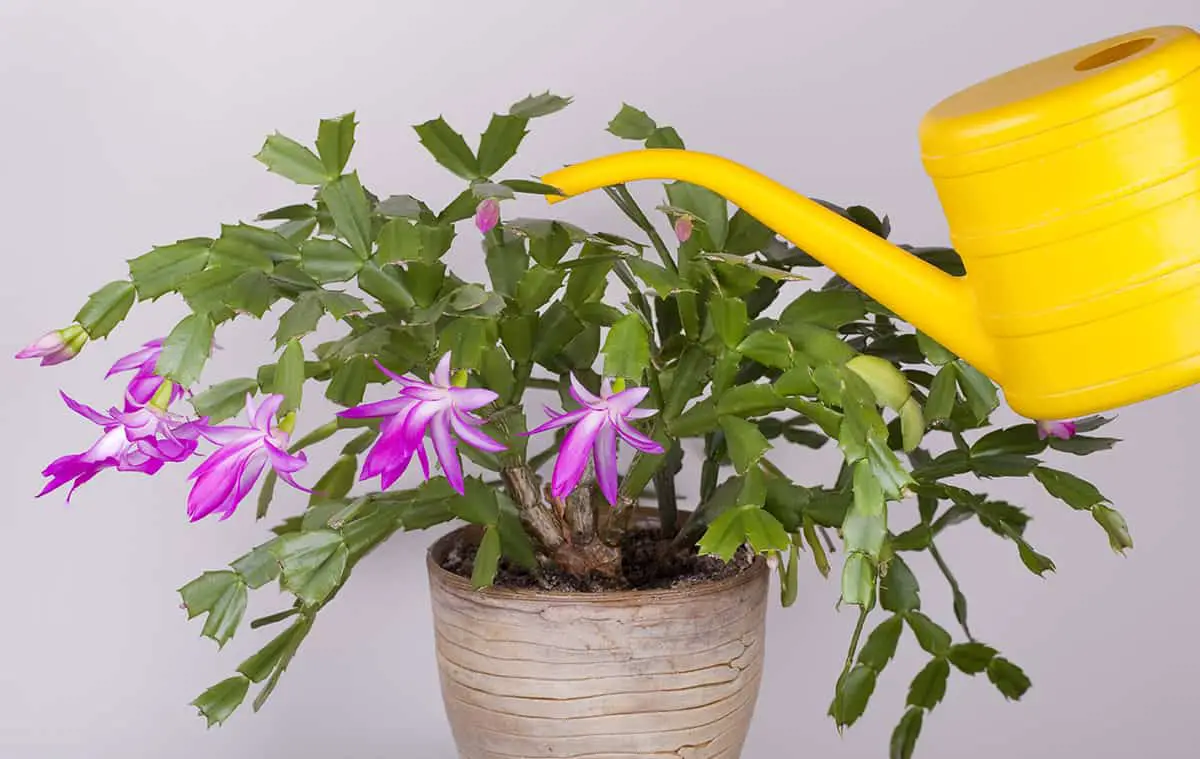
Spring and Summer Care
Taking care of your Christmas cactus during the spring and summer months is essential for promoting growth. It’s important to water the plant more frequently during these months. Keep the soil consistently moist but not waterlogged. Aim to water once the top of the soil is dry to the touch.
Fertilizing the plant plays a crucial role during this period. Use a balanced, slow-release fertilizer for optimum growth. Remember to reduce or cease fertilization once fall arrives.
Fall and Winter Care
In contrast, Christmas cactus care requirements change during the colder months. Watering should be less frequent as the plant enters a dormant phase. To encourage vibrant blooms, make sure to cut back on water slightly during fall. When the potting medium becomes dry, water the plant again.
Nighttime temperatures and reduced sunlight exposure can help initiate blooming. Keep in mind that your Christmas cactus will require continuous darkness for at least 12 hours, for 5-6 weeks, without interruption. This sets the stage for your plant to produce beautiful blooms just in time for the holiday season.
Troubleshooting Common Issues
Signs of Overwatering
If your Christmas cactus is showing wrinkled or limp leaves, it could be a sign you’re watering it too much. An overwatered cactus may develop black and mushy parts, which is a clear indication of root rot. To save your plant, reduce the watering frequency and ensure the soil dries out between waterings.
Signs of Underwatering
On the other hand, an underwatered Christmas cactus may have shriveled, dry leaves. It can also experience bud drop, leading to a lack of flowering. The key is to find a balance where the soil stays moist but not waterlogged. Water the plant thoroughly when the top half of the soil feels dry to the touch.
